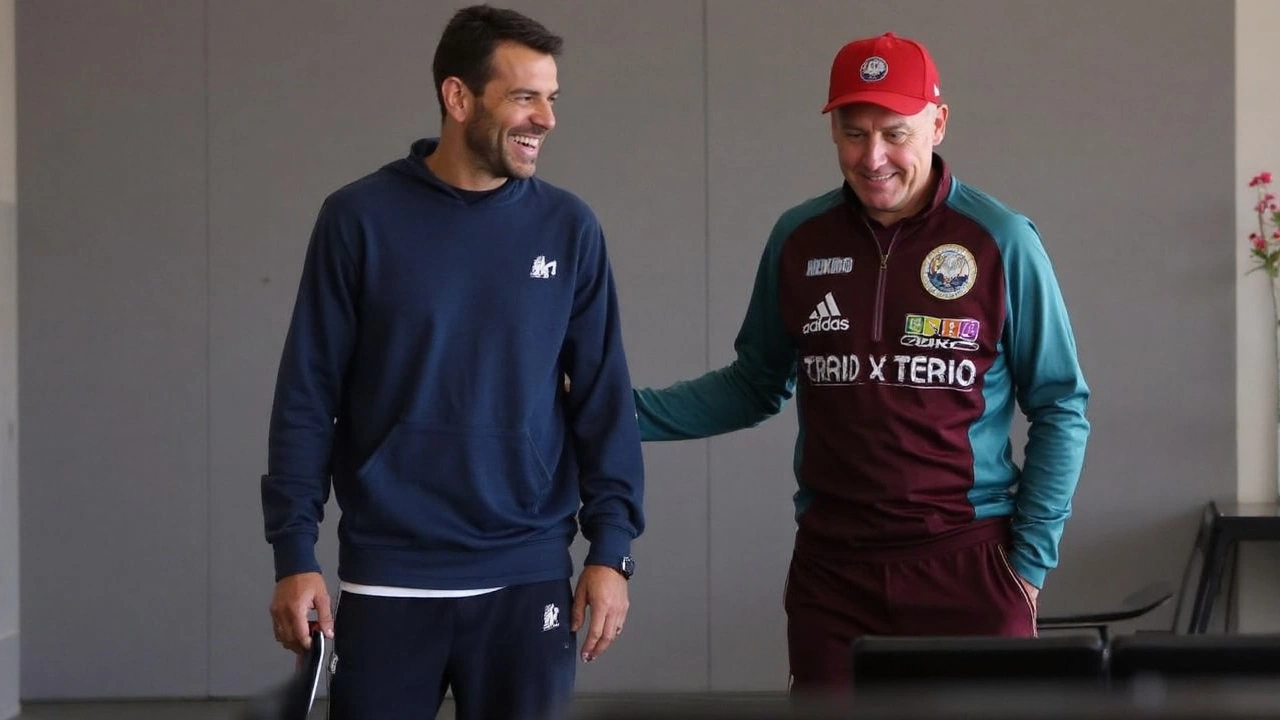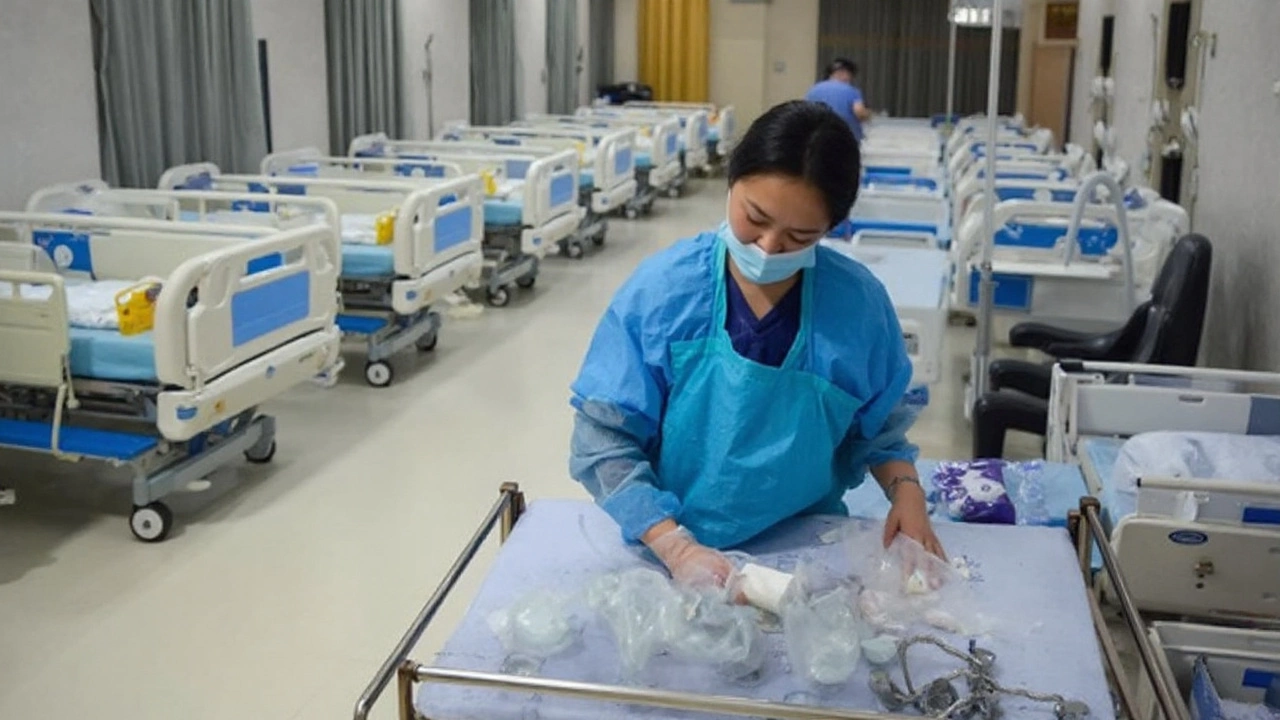Hirving Lozano returns to El Tri as Aguirre bets MLS form can ‘bring back the old Chucky’
 Sep, 10 2025
Sep, 10 2025
Lozano’s surprise recall, and what Aguirre wants to see
A year out from a home World Cup, the most unexpected name on Mexico’s latest list is also the most familiar: Hirving Lozano is back. Javier Aguirre has recalled the 30-year-old winger for September friendlies against Japan and South Korea, ending a spell of more than a year away from El Tri. The manager called it a chance to “bring back the old Chucky,” a clear nod to the explosive, direct wide man who lit up the 2018 World Cup and won titles in Europe with PSV and Napoli.
Lozano’s return comes after a clean run of minutes and confidence with San Diego FC in their debut MLS season. The move back to North America appears to have steadied him after a stop-start stretch in Europe and a hamstring injury that forced him to withdraw from Mexico’s 2025 Gold Cup squad. Mexico still lifted a record 10th title, but the absence underlined how far Lozano had drifted from the core. Aguirre, appointed in September 2024, had not used him—until now.
So why now? Staff value two things Lozano brings when he’s right: vertical threat and big-game nerve. In MLS, he’s carried the touchline, attacked space behind the fullback, and acted as a release valve when San Diego plays through pressure. The eye test matters here. He looks quicker into his first step, more willing to take on defenders, and more secure protecting the ball after contact—vital signs after a hamstring layoff.
Aguirre’s message is blunt: earn it. The national team has options out wide and down the middle, and the September window against disciplined, high-pressing Asian opponents is a smart stress test. Japan rotate and press in packs; South Korea compress space and sprint in transition. If Lozano can break pressure, time his runs, and keep his defensive discipline against two organized sides, he’s back in the conversation for serious minutes in 2026.
His track record isn’t in doubt. A Pachuca product who won the Eredivisie with PSV and Serie A with Napoli, Lozano has played at the top level and knows the demands. His goal against Germany in 2018 remains one of Mexico’s modern landmark moments: a sharp diagonal run, a first touch into space, and a cold finish. That’s the “old Chucky” Aguirre is chasing—vertical, fearless, and tidy in the box.

What it means for Mexico’s buildup to 2026
This recall is as much about the World Cup runway as it is about September. Mexico will co-host in 2026, open at Estadio Azteca, and every camp now doubles as a selection trial. Aguirre has shown he’ll lean on form, not reputation. Putting Lozano back into the group now gives the staff months to judge fit, chemistry, and durability—things that can’t be rushed in the last minute.
Tactically, Lozano offers flexibility on either wing. On the right, he can attack outside, pull a fullback deep, and open inside channels for a No. 8 or an overlapping right back. On the left, he becomes an inside threat, rolling onto his stronger foot to shoot or slip a through ball. Mexico’s shape under Aguirre has toggled between a 4-3-3 and a 4-2-3-1; Lozano fits both as a touchline runner or as a narrow wide forward who links with the nine.
There’s also a defensive layer. Against Japan and South Korea, Mexico will need wingers to track overlapping fullbacks and help against midfield overloads. Lozano’s work rate has usually been a strength—closing passing lanes, forcing long balls, and flipping the field when he wins it back. If he shows he can press cleanly for 70 to 80 minutes, he gives Aguirre a two-way option that some younger wingers still lack.
Competition won’t be soft. Mexico’s wing pool includes pace and form players, younger options pushing for roles, and forwards who can slide wide. That’s not a bad thing for Lozano; it shrinks the margin for error and forces clarity. The staff will weigh him against specialists who stretch the back line, creators who drop into pockets, and utility players who can switch flanks mid-game without the structure wobbling.
Fitness is the asterisk. Hamstring issues linger if minutes aren’t managed. San Diego FC have used Lozano consistently, but the international window compresses travel, training, and matches. Expect the staff to control his workload—shorter bursts if needed, then a longer run-out if his body responds well. The goal isn’t a September headline; it’s a steady ramp toward next summer.
If Aguirre gets the version he wants, the benefits are obvious. Mexico gains a proven ball-progressor who can flip a game with one run, a senior voice who has lived the pressure of knockout football, and a late-game outlet when the team is under the cosh. He also changes how opponents defend—fullbacks sit deeper, center backs hesitate to step into midfield, and the six has to shade toward his side, freeing space for Mexico’s interior players.
For San Diego FC, the call-up is a small win too. An expansion side needs leaders who set standards. Lozano arrived as a marquee signing and has carried the load: stretching defenses, drawing fouls, and giving a young roster a reference point in the final third. That he’s back with Mexico signals he’s hitting the right notes, not just surviving a new league.
What will the staff watch most closely in these friendlies?
- Acceleration and repeat sprints: Is that first step sharp, and can he hit it late in halves?
- Decision-making in transition: Pick the pass, or carry into traffic?
- Final ball under pressure: Can he deliver a clean cutback or a shot from the half-space?
- Defensive work: Track runners, close the inside lane, and press without fouling.
One more layer: set pieces. Lozano isn’t a classic target, but his timing on the second ball and his knack for loose rebounds have produced chances before. In tight games—likely against Japan and South Korea—those half-chances can decide the tone of a camp.
Aguirre’s phrase—“bring back the old Chucky”—isn’t nostalgia. It’s a demand for the version of Lozano that plays forward with conviction, shakes off contact, and makes defenders nervous before the ball arrives. The shirt is there to be claimed. September is only the first audition, but it’s the right one: two disciplined opponents, a manager who values clarity over hype, and a player who seems to have found his rhythm again.